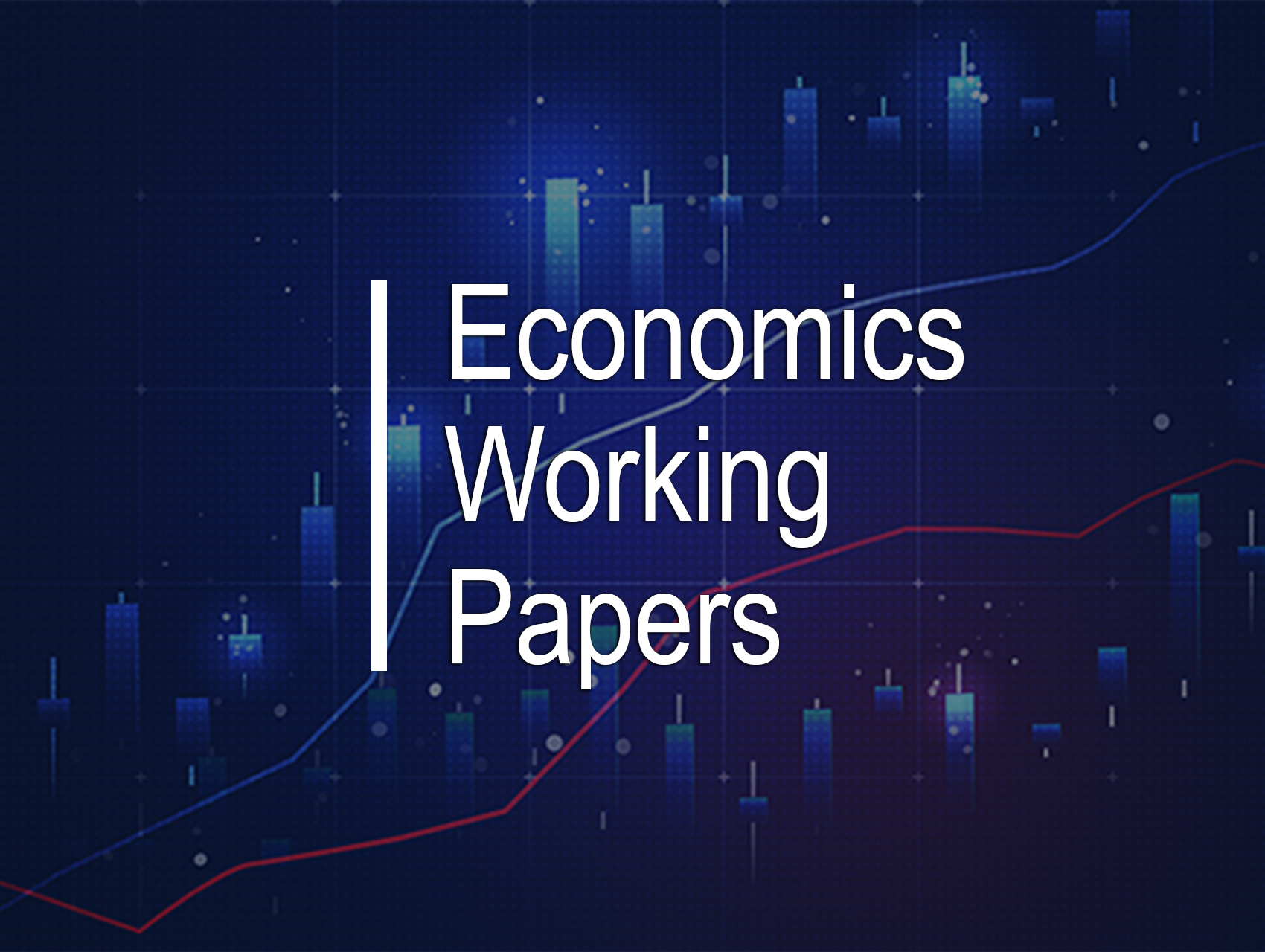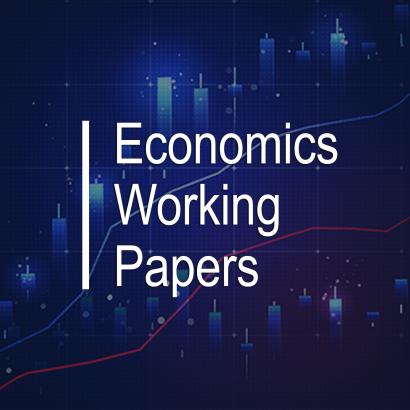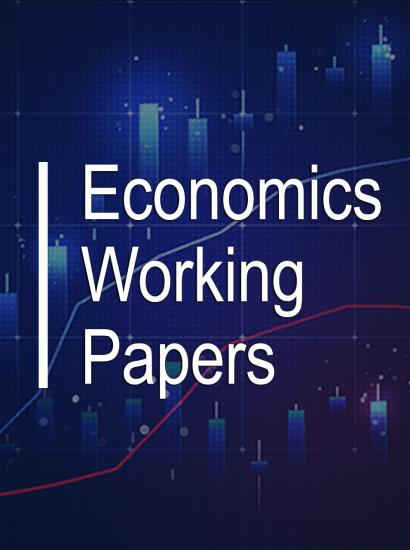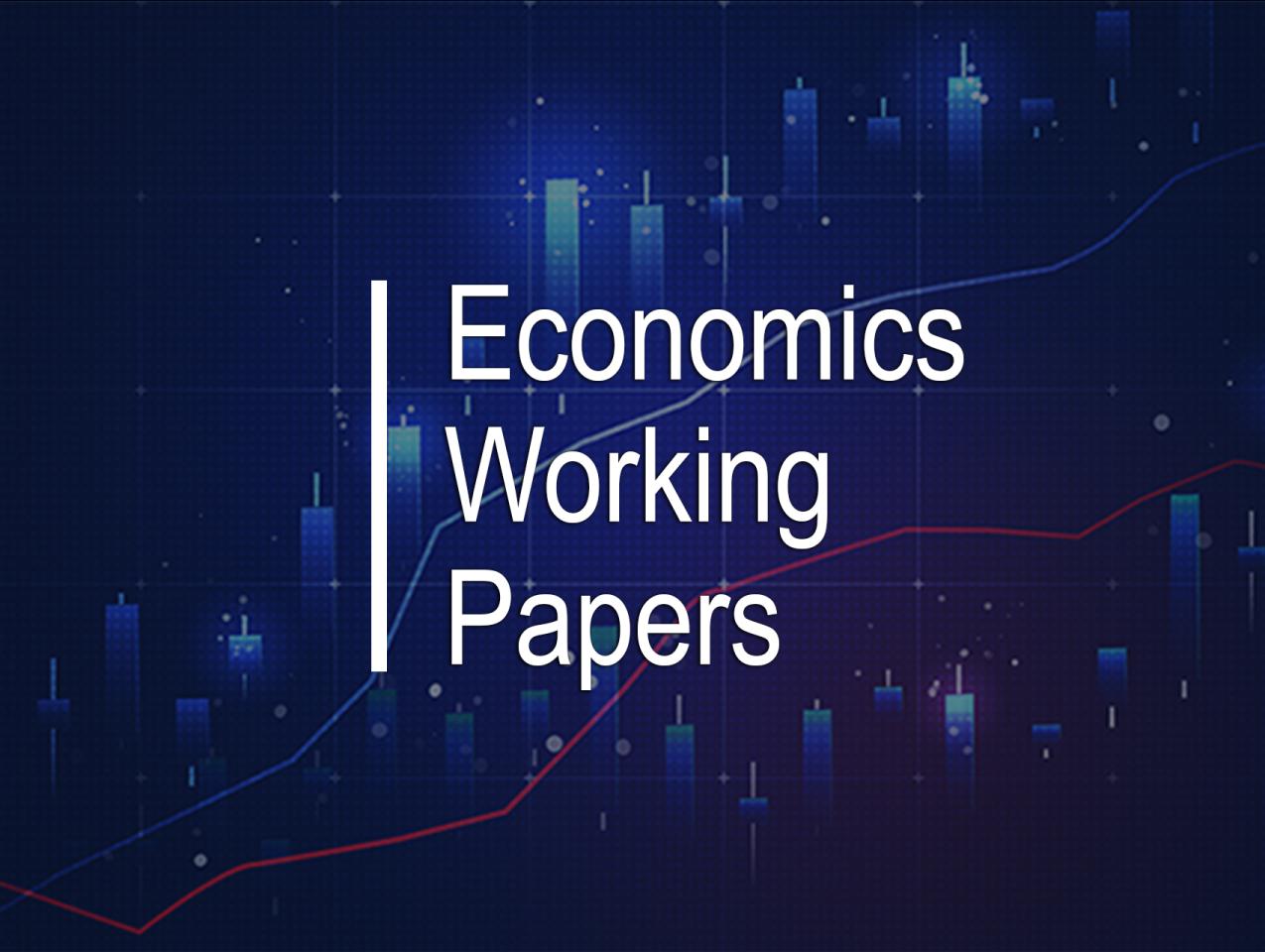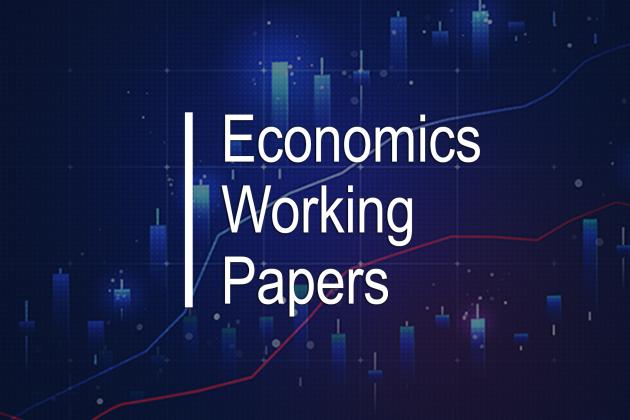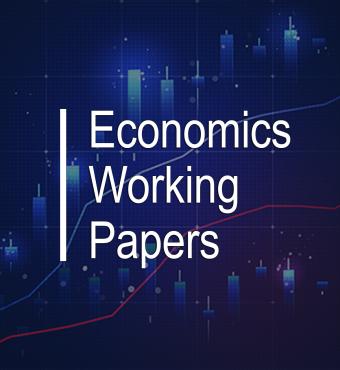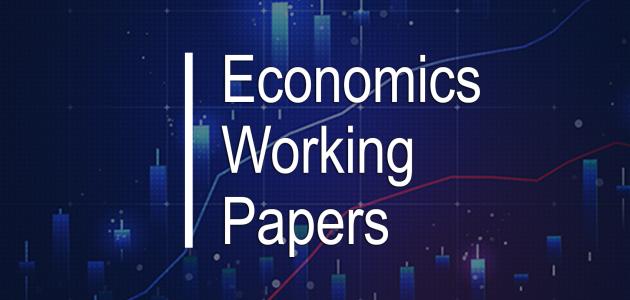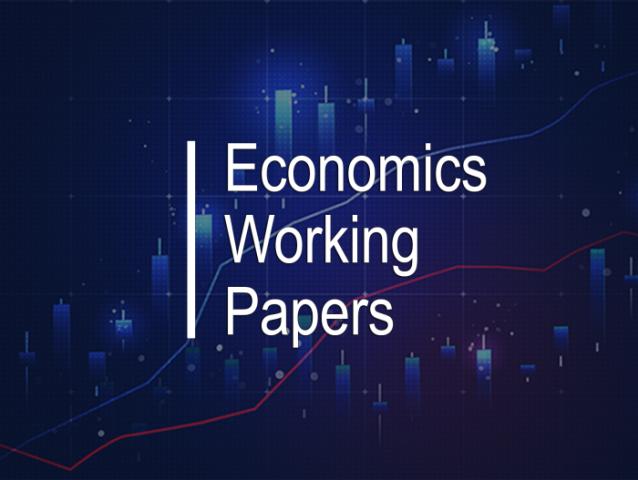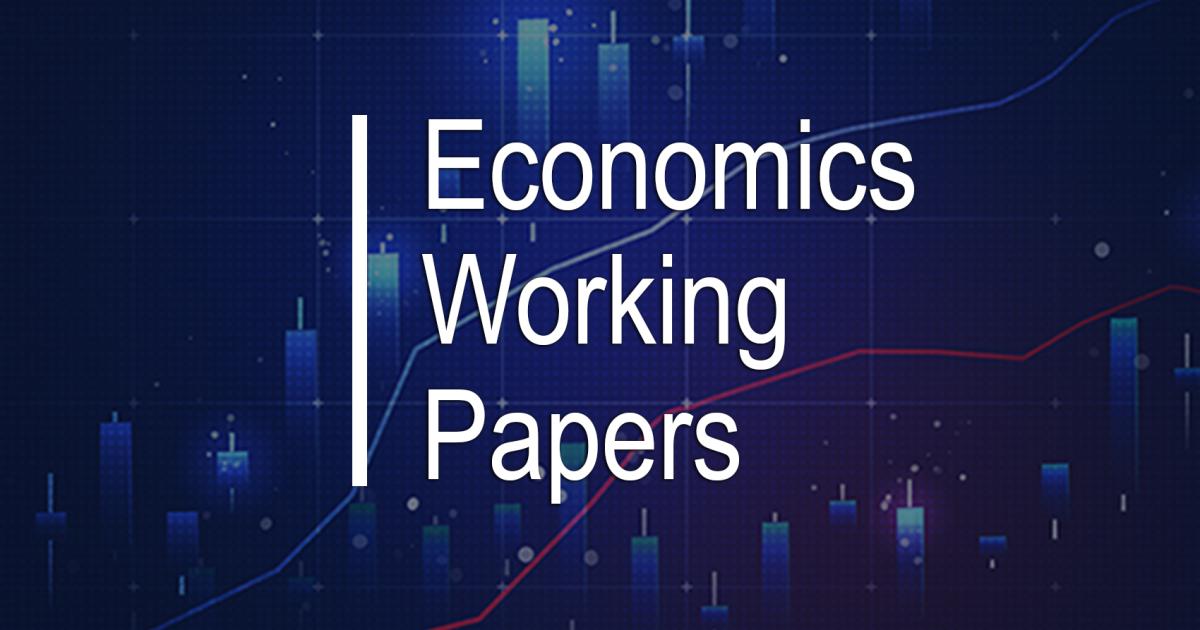- Economics
Abstract: We develop a framework with rich worker heterogeneity, firm monopsony power, and putty-clay technology to study the distributional impact of the minimum wage in the short and long run. Our production technology is disciplined to be consistent with the small estimated employment effects of the minimum wage in the short run and the large estimated elasticities of substitution across inputs in the long run. We find that in the short run, a large increase in the minimum wage has a small effect on employment and therefore increases the labor income of the workers who were earning less than the new minimum wage. In the long run, however, the minimum wage has perverse distributional implications in that it reduces the employment, income, and welfare of precisely the low-income workers it is meant to help. Nonetheless, these long-run effects take time to fully materialize because firms slowly adjust their mix of inputs. Existing transfer programs, such as the earned income tax credit (EITC), are more effective at improving long-run outcomes for workers at the low end of the wage distribution. But combining existing programs with a modest increase in the minimum wage generates even larger welfare gains for low-earning workers.
DOWNLOAD: The Distributional Impact of the Minimum Wage in the Short and Long Run







